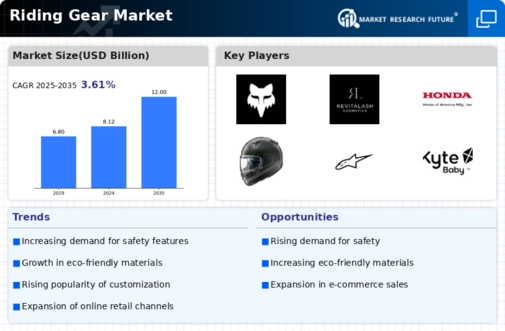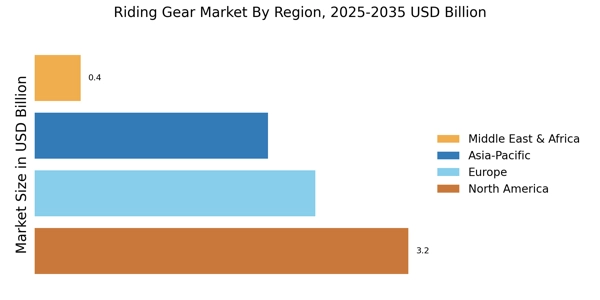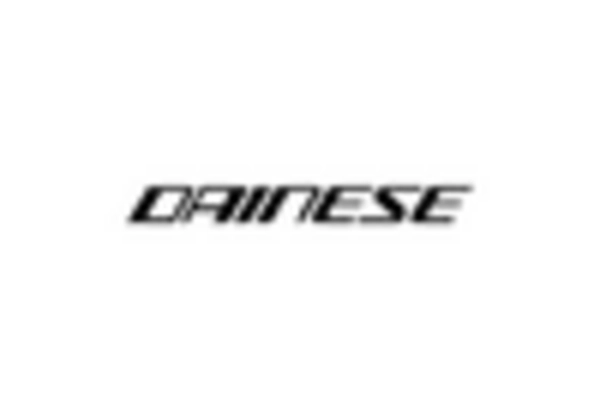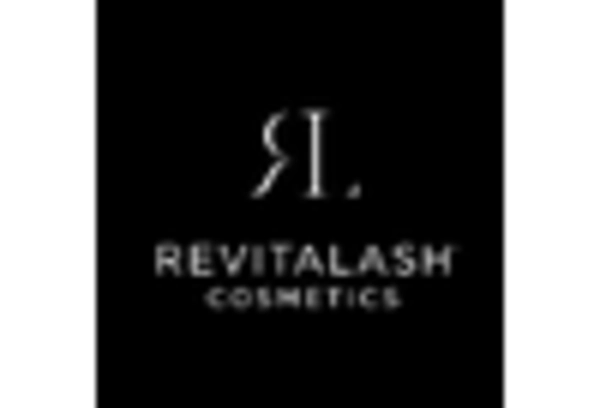The Riding Gear Market showcases a dynamic landscape characterized by a variety of key players striving for competitive advantage through technological innovation, strategic partnerships, and brand positioning. Companies in this sector cater to a diverse consumer base, ranging from casual riders to professional motorsport athletes, emphasizing safety, comfort, and performance in their product offerings.
The competition is intensified by the presence of both established brands and emerging players, each vying to capture market share in a rapidly growing industry. Factors such as consumer preferences for advanced materials, personalized designs, and sustainability are also influencing the strategies adopted by these companies.
The global nature of the market further adds complexity, as brands must navigate regional regulations, distribution challenges, and varying demands across different demographics.
AGV stands as a notable player in the Riding Gear Market, recognized for its commitment to providing high-quality and safety-oriented products. The brand boasts a strong market presence, particularly in the premium segment, where it leverages its rich heritage and expertise in producing advanced helmets and protective gear for motorcycle enthusiasts.
AGV's strengths lie in its innovative technology, as the company continually invests in research and development to enhance the safety features of its gear. The brand's reputation is bolstered by collaborations with professional riders, ensuring that its products meet the highest performance standards.
Furthermore, AGV's ability to maintain a tailored approach to consumer feedback allows it to stay ahead of trends and cater to the evolving needs of riders, cementing its status as a trusted name in riding gear.
Icon is another influential entity in the Riding Gear Market, known for its distinct brand identity and comprehensive range of motorcycle apparel and accessories. The company has carved out a niche by appealing to a youthful, vibrant audience through bold designs and striking graphics, making its products highly recognizable.
Icon's strengths include its innovative use of materials that enhance both protection and comfort, ensuring riders feel secure while maintaining a stylish appearance. The brand frequently engages with the riding community through events and sponsorships, helping to foster strong customer loyalty and brand advocacy.
Icon's extensive distribution network further solidifies its market position, as it effectively reaches various consumer segments across the globe. By continuously evolving its product line to reflect current trends and rider preferences, Icon maintains relevance and appeal in a competitive marketplace.

















Leave a Comment